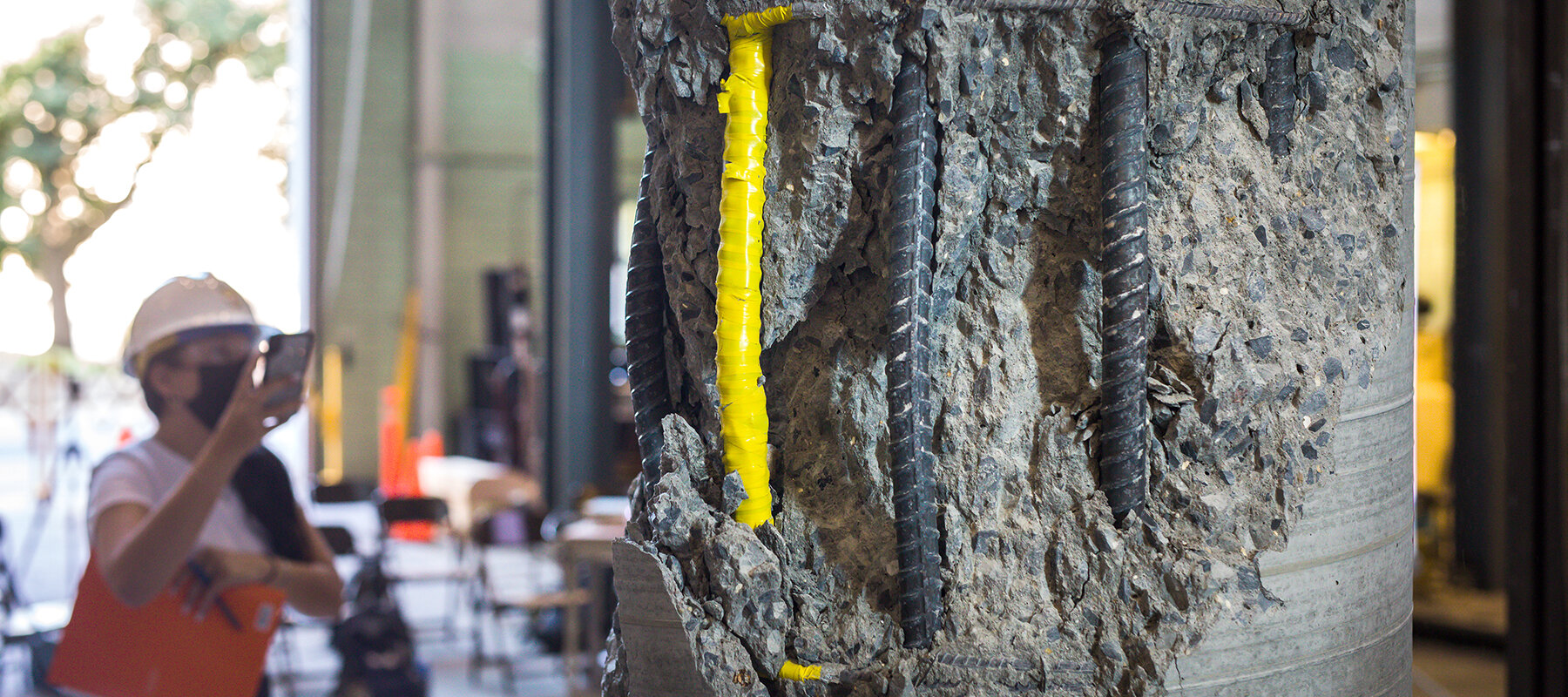”When I think of the United Nations (UN), I think of engineers,” said Bill Hunter, director of Lehigh’s Fellowship Advising and UN Programs.
While engineering, and corrosion in particular, isn't typically acquainted with the affairs of the UN, it has more influence on current issues plaguing infrastructure than some may know.
Lehigh students recently had the opportunity to explore the connection between corrosion and world affairs via a presentation by George Hays, director of the World Corrosion Organization (WCO), a Non-Governmental Organization partner with Lehigh for more than six years.The WCO is an umbrella organization for 30+ societies on five continents with over 50,000 individual members worldwide.
With the annual cost of corrosion globally accounting for nearly three percent of the world’s gross domestic product, WCO has been attempting to remediate corrosion all over the world, often impacted by the life cycle approach to capital projects.
Capital projects help maintain, update, and sustain an asset (a particular building or system), otherwise known as infrastructure. Such projects are designed to be economically viable for a number of years.
The presentation argued that a life cycle approach is a better way to plan and implement a capital project, by incorporating maintenance costs, down time, lost productions and other economic factors into the initial project.
The duration of economic viability is an important factor in the design and construction of the project, yet still not as important as the cost to design and start up the project, which is described as the "first cost," as detailed in Hays’ presentation.
“Decisions based on first cost often fail to recognize critical elements and long-term costs,” Hays said.
The life cycle approach employs the benefits of using materials, methods and processes which may be more expensive on a first cost basis but have significant benefits over the economic life of the project.
“When you're investing in a project over a period of time,” Hays said. “You want to make sure that you've got enough money in the project from the very beginning, to last for the entire length of the project, as opposed to the first cost basis.”
Updating and approaching infrastructure projects in a more socioeconomically efficient way is an important aspect to the WCO’s mission.
“Bridges are typically designed for 40 years in the United States, while currently the average age of a United States bridge is more than 55 years,” Hays said. “Eleven percent of the 607,000 bridges in the United States are structurally deficient.” A life cycle method would alleviate those stark numbers. Project managers might consider an annual projected cost reasonable, but multiplied by 40, 50 or 60 years, even discounted for the net present value, may wind up to be a very big and unexpected number.
In expanding sustainability, “using materials such as titanium would significantly benefit the life cycle approach to capital projects,” Hays said.
In hopes of creating more sustainable projects to improve infrastructure and preserve resources, the WCO is empowering young engineers to get involved in the United Nations, and use the most beneficial practices in corrosion control, such as the life cycle approach.
Lehigh students Elisa Mayerberger and Hasan Jashari serve as United Nations Youth Representatives for WCO.
